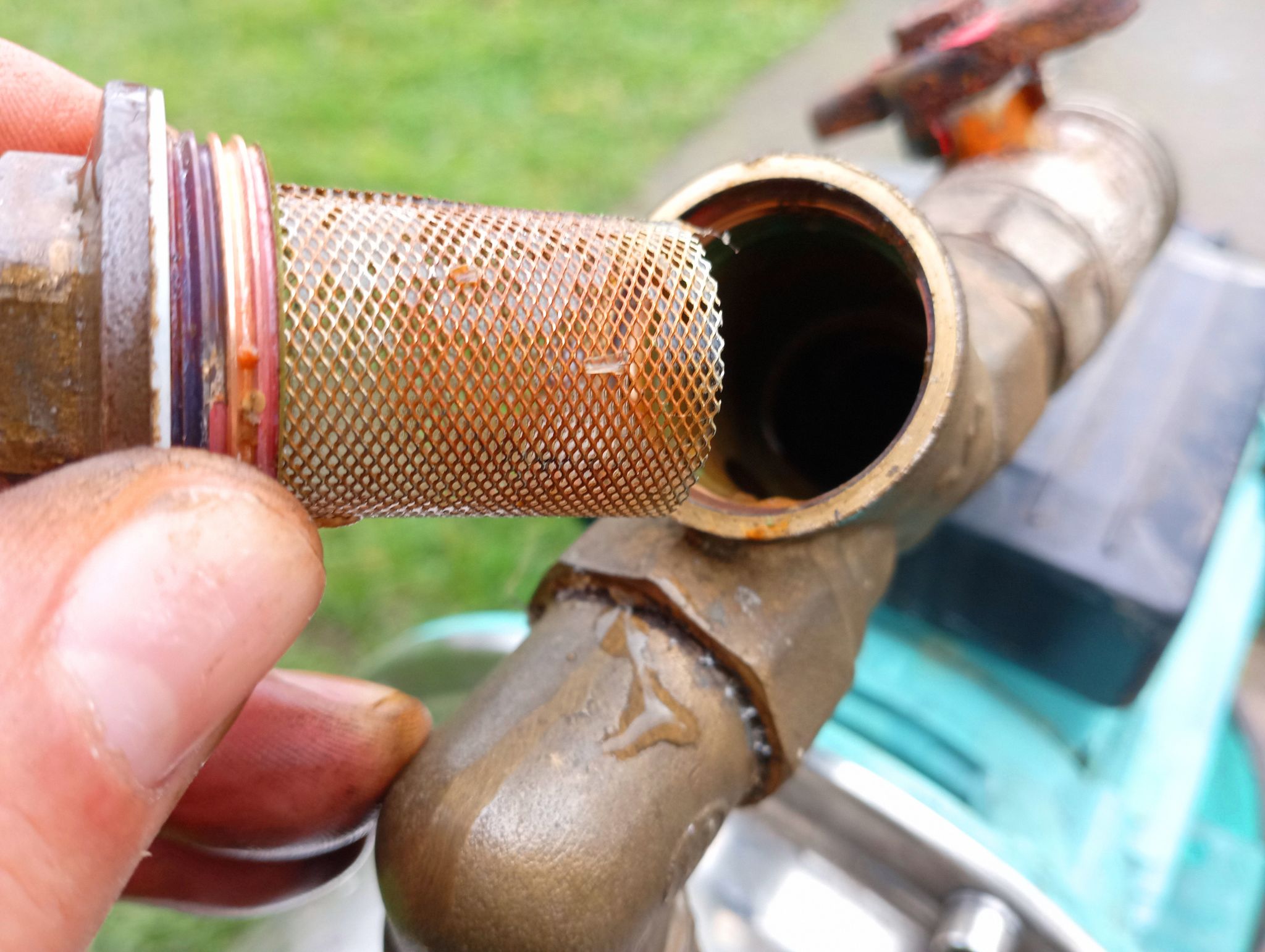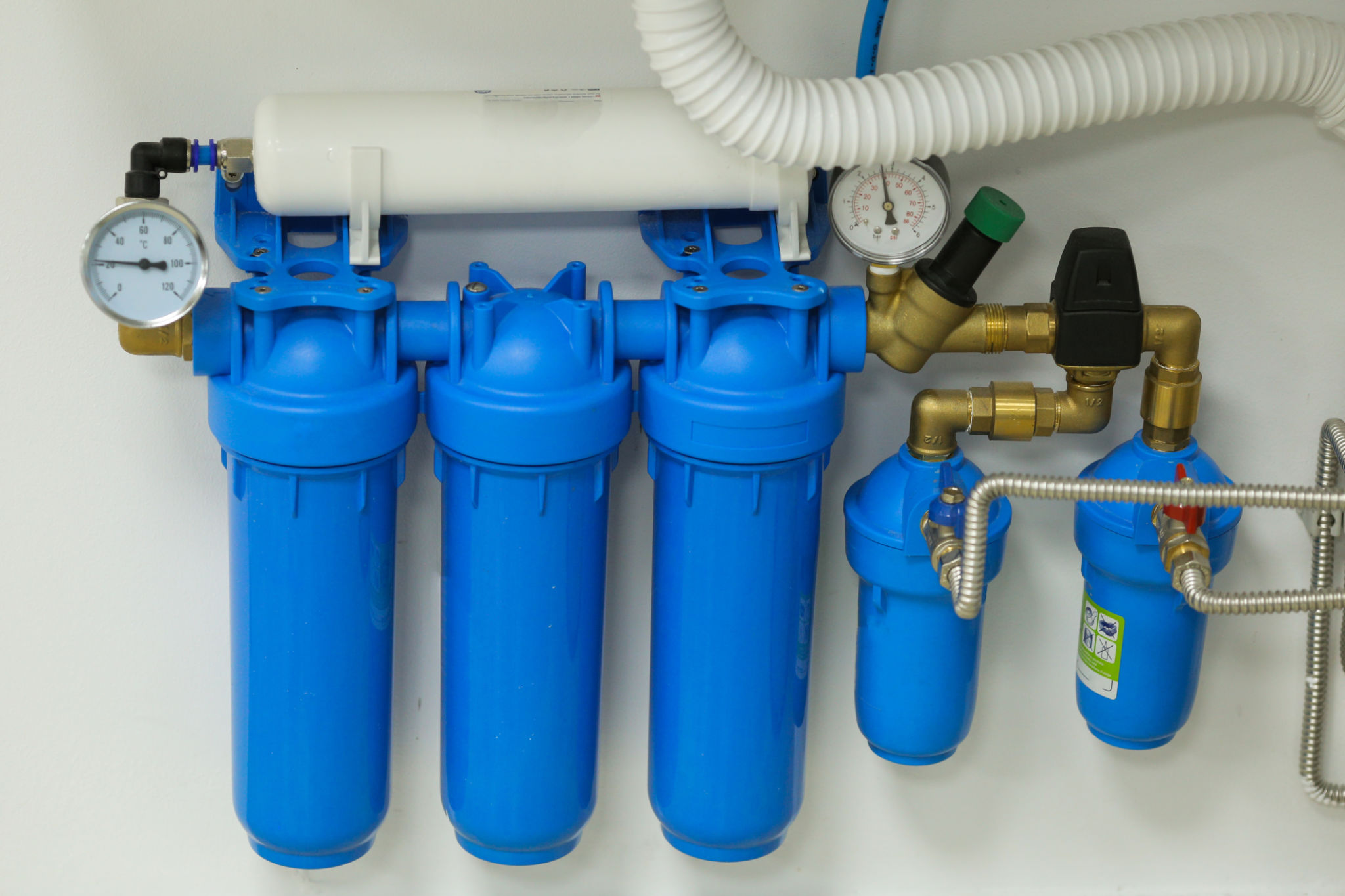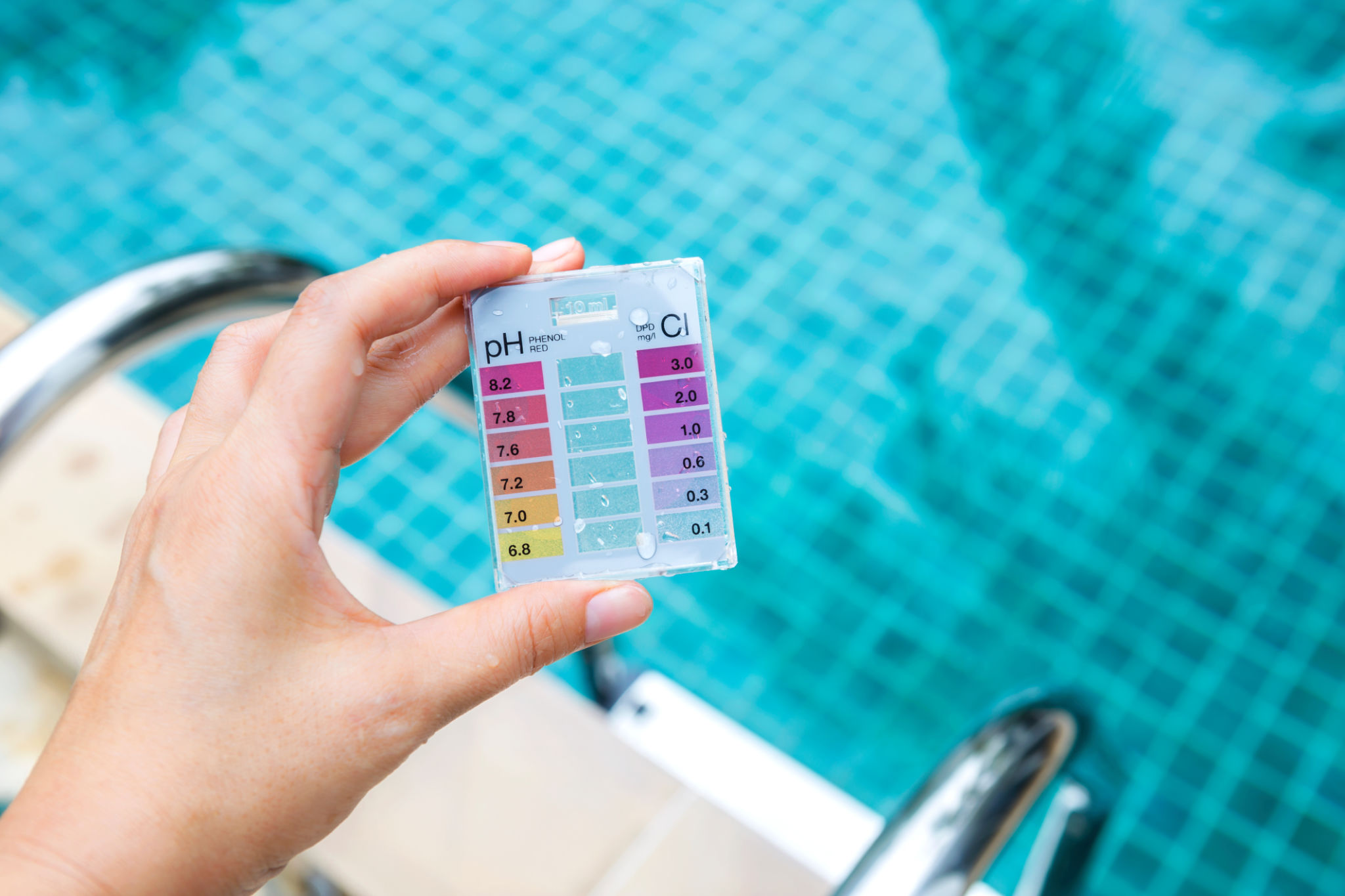DIY Home Water Filtration Maintenance: Tips and Tricks
Introduction to DIY Home Water Filtration Maintenance
Maintaining a home water filtration system is crucial for ensuring the quality and safety of your drinking water. Regular maintenance not only extends the lifespan of your filtration system but also guarantees that it functions efficiently. Whether you have a simple filter pitcher or a more complex under-sink system, taking care of it doesn’t have to be complicated. Here, we'll provide you with some essential tips and tricks to help you maintain your water filtration system effectively.
Understand Your System
The first step in maintaining your water filtration system is understanding how it works. Different systems have varied components and maintenance needs. For instance, a reverse osmosis system will require different upkeep compared to a carbon block filter. Be sure to read the manufacturer's manual carefully to familiarize yourself with the specifics of your system.

Regularly Replace Filters
One of the most critical aspects of water filtration maintenance is replacing the filters regularly. Most filters come with a recommended replacement schedule, which is typically based on time or water usage. Ignoring this schedule can lead to reduced water quality and even damage your system. Mark your calendar or set reminders to keep track of when it's time for a change.
Cleaning and Sanitizing
In addition to replacing filters, cleaning and sanitizing your filtration system is equally important. Bacteria and other contaminants can build up over time, so it's essential to clean the components that don't get replaced, like housings and faucets. Use a mild detergent and warm water to clean these parts, and consider using a sanitizing solution periodically to ensure everything is as clean as possible.

Check for Leaks
Leaks can occur in any water filtration system, leading to water wastage and potential damage to your home. Regularly inspect your system for any signs of leaks, such as water pooling around the unit or damp spots on nearby surfaces. Tighten any loose connections and replace worn-out parts promptly to prevent leaks from becoming a bigger issue.
Monitor Water Quality
Monitoring the quality of your filtered water can help you determine if your filtration system is functioning correctly. Use a water testing kit to check for contaminants like chlorine, lead, and other unwanted substances. If you notice any discrepancies in water quality, it might be time to service your system or replace the filters.

Keep Spare Parts Handy
Having spare parts on hand can make maintenance more convenient and prevent prolonged downtime if something needs immediate replacement. Common parts to keep include extra filters, O-rings, and hoses. This preparedness ensures you can quickly address any issues without having to wait for new parts to arrive.
Conclusion
Proper maintenance of your home water filtration system is essential for ensuring the health and safety of your family’s drinking water. By understanding your system, regularly replacing filters, cleaning components, checking for leaks, and monitoring water quality, you can keep your system running smoothly for years to come. With these tips and tricks in mind, you'll be well-equipped to handle your DIY home water filtration maintenance with confidence.
